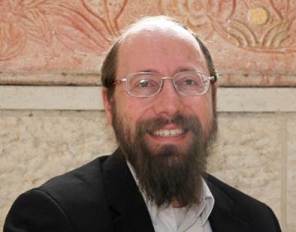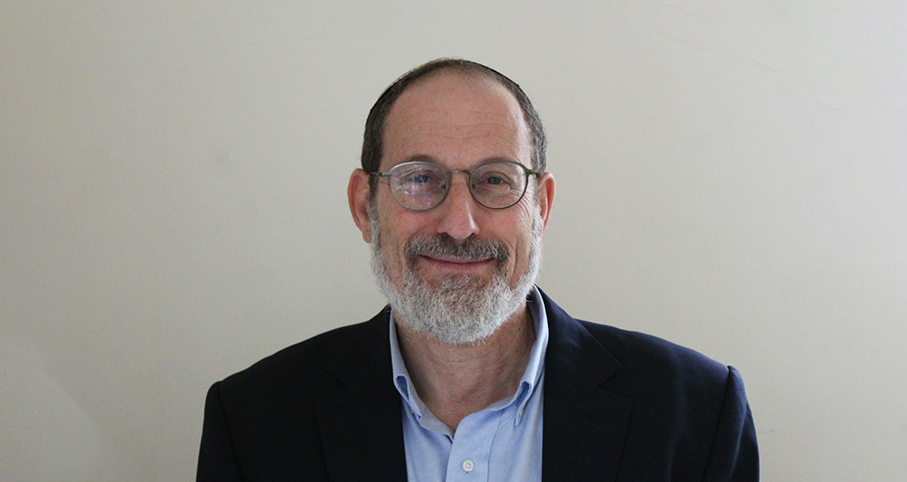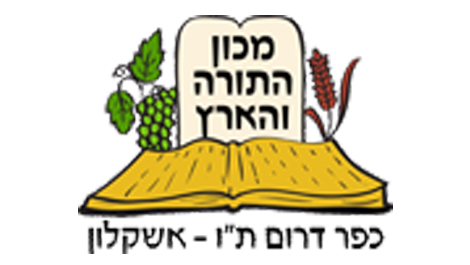Ask the Rabbi
- Halacha
- Meat and Milk
- General Questions
Question
Dear Rabbi,
I have some questions regarding kashrut and the rules of Parev in particular. I hope you can help.
1) If I am baking a cake which has no meat or milk ingredients in it (ie is definitely parev) but i use my meat mixing spoon and meat bowl to put the mixture in - does it make my cake ’meaty’? Therefore do i need totally seperate cooking utensils / equipment for making and baking a parev cake? Also, which side of my kitchen do i use to make the cake on? i have my kitchen divided between a milk surface / sink and a meat one.
2) I have two ovens - one i use for meat and one for milk. Which oven do i cook the parev cake in then? Does the oven affect the status of the cake?
3) I am inviting guests round for shabbat tea. I assume they have all had meaty lunches but at 4pm (which may not be three hours later) I want to serve a parev cake. Which oven do i cook it in? Do i need to use the new set of parev baking utensils / bowls to make it in? If i use a meaty knife to cut the cake, does that make the cake meaty and do people then have to wait another three hours after the cake before eating milk?
4) I like to make challah for shabbat and usually use all meaty equipment to make it in(since it is predomiantly for shabbat meals). The ingredients are parev. Could i eat the challah (if a whole one is spare) at a seudah in the afternoon if no meat is served? Could i eat it off milky plates if we are having fish at the seudah? Are we allowed to eat milk products with it?
Really hope you can shed some light!
Thank you so much for your time.
PS if there is any further reading material you can direct me to specifically on this subject i would be very grateful.
Kind regards and grateful thanks
Answer
I will answer the questions in your order.
1. In order to prevent confusion and mixing of dishes you should set aside separate cooking utensils for preparing parve foods.
However, if you used cold utensils for preparing the parve food, the food is still parve.
In regard to work space on the meat or milk side there is really no difference since when preparing parve there would be no problem if it spilled on the meat or dairy side. However, care should be taken that there are no meat or dairy foods out which could mix with the parve.
The parve dishes should be washed separately with a parve sponge.
2.You can make you choice in which oven you want to make your parve dish. However, the oven must be made parve by cleaning it from any food particles and putting it on the highest heat for at least one half hour. Some people are more stringent and wait 24 hours before this "koshering" process.
3.If the meaty knife was clean then the cake is parve and there is no need to wait.
But as I said in #1 you should set aside separate cooking utensils for preparing parve foods.
4.If the challa was baked in a meaty oven (meaning it didn't go through the process in #2) it should not be eaten with milk but you needn't wait the time required to wait between meat and milk. You may place the challah on a diary plate. (Rema Yoreh De'ah 95,2). If you merely used clean cold meat utensils for mixing then then the challa is not made meaty.

Dairy food on meat plate
Rabbi David Sperling | Adar II 19, 5774

Dehydrated onion in mix- milchig spoon
Rabbi David Sperling | Shevat 30, 5773
Am I fleshig?
Rabbi Daniel Kirsch | Cheshvan 26, 5782





